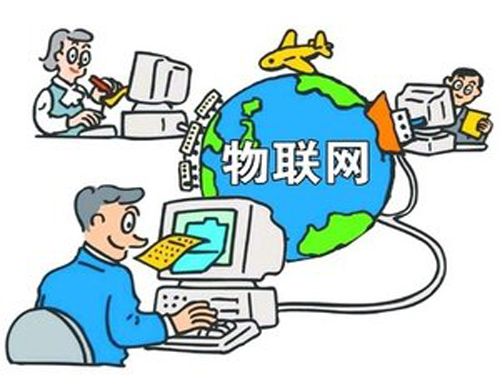According to Gartner, by 2020, more than 50 billion connected devices will be put into use globally; at the same time, discussions in the industry about how to implement Internet of Things (IoT) applications are becoming increasingly heated. More and more companies are optimistic about the many advantages of the Internet of Things and must achieve digital operations. Xinxiang Mina Import & Export Co., Ltd. , https://www.mina-motor.cn
In order to make effective use of the fast growth of the Internet of Things and its smooth progress, groups such as the IEEE, AllSeen Alliance, and the Open Internet Alliance (OIC) are actively calling for the establishment of standards and architecture for the Internet of Things, with a view to all connected devices. Establish interoperability between related applications.
But is it really the best time to introduce standards for the Internet of Things?
Although the establishment of standards is crucial to ensure the safety and reliability of the Internet of Things, this new application is still an emerging stage. I think it is still too early to talk about the establishment of standards. The Internet of Things also needs to develop without being subject to standardization - at least for the time being.
Before the establishment and implementation of the official standards for the Internet of Things, there may be years of development. However, during this period, multi-standard organizations are racing to seize the opportunity to establish standards for Internet of Things. Today, the sheer number of standard agencies has caused this market that has just peeped behind the scenes to begin to differentiate.
Although there are multiple standards groups to choose from, due to the confusion and contradiction in the nature of some of these organizations, it is not easy for companies to fully participate. Some may say that the main purpose of these groups is to benefit standard organizations and supporting manufacturers, but not to provide customers with the best experience and choices, and to provide developers with the degree of freedom needed to achieve innovation.
In the past, early development standards often postponed the growth of industries and the ability of companies to innovate. Before they had the opportunity to realize innovation and modernization, they had already had a stringent set of laws and regulations to restrict companies and developers.
Part of the problem is that some standards are not necessarily open - companies or products must first obtain a specific alliance or organization certification or become a member to participate. Businesses can usually only obtain one type of standard certification, which means that they only enjoy the rights provided by one organization. However, this will limit the development of IoT products and services.
Apple is a best example of how innovation can be truly facilitated by the lack of standard constraints. As far as I know, the company has never been part of a standards organization or alliance and is therefore able to focus on the innovation and development of its own company. After launching several iPhones, the company continues to promote progress without having to meet the requirements of which standards organization; they are able to continue to break through the boundaries of progress, but only in accordance with their own principles.
Standards are important for many technologies that affect our way of life, but implementing them too early may limit true innovation and growth in the Internet of Things. Keeping time free to adopt new ideas and challenging new technologies through new technologies will be an important factor in determining the ultimate success of the Internet of Things. Especially for industries that affect our lives, networking, and operations, achieving standards too quickly is a major obstacle to progress.